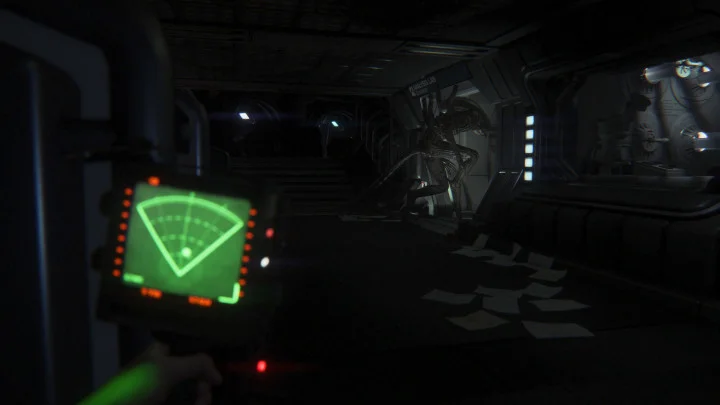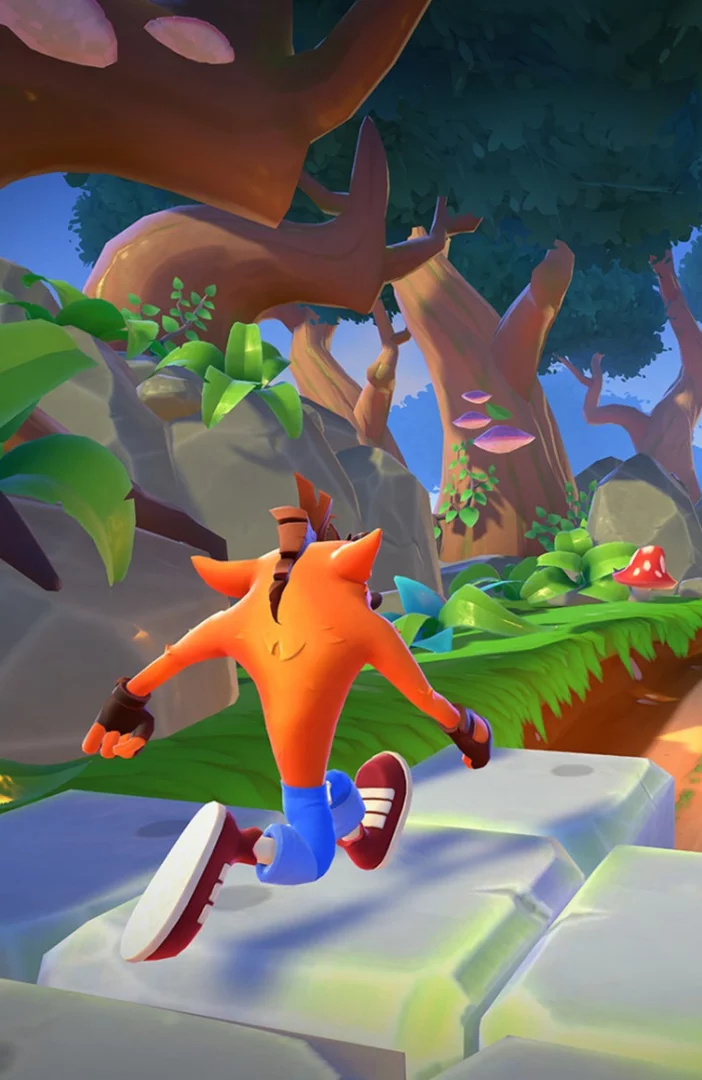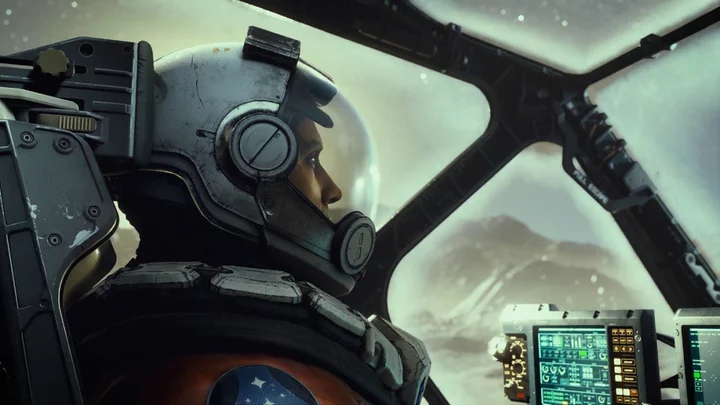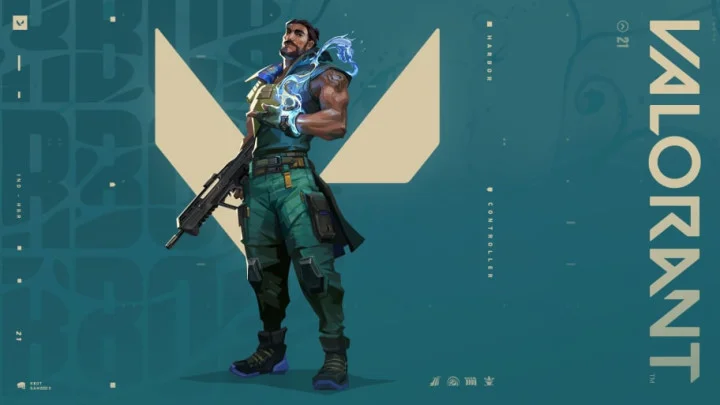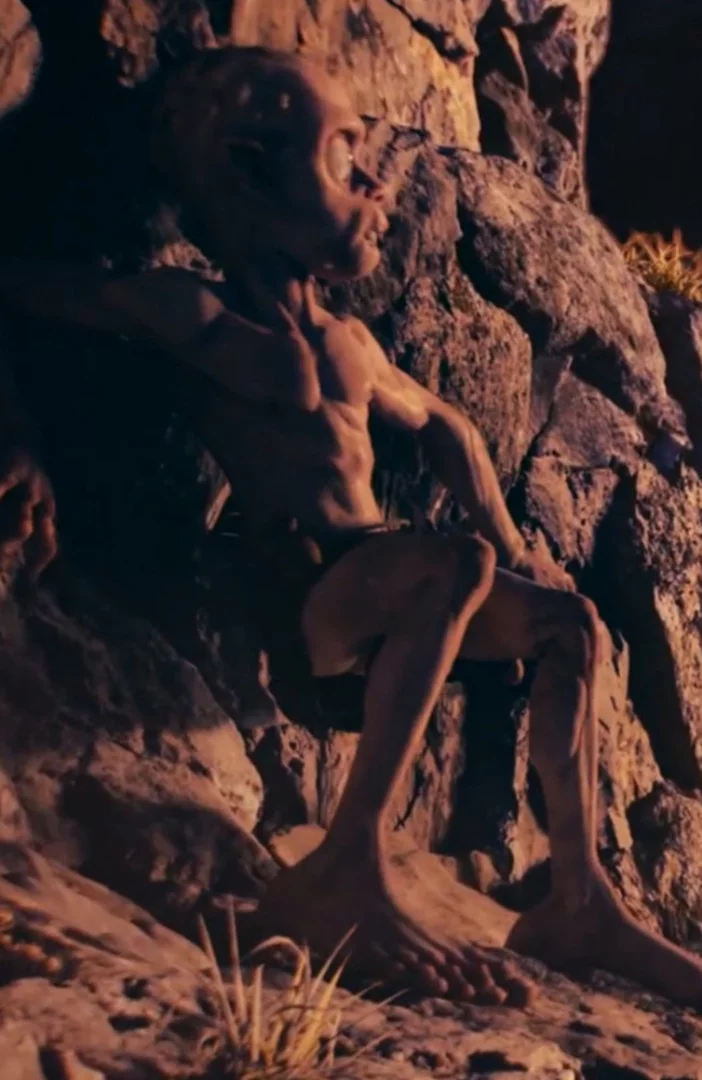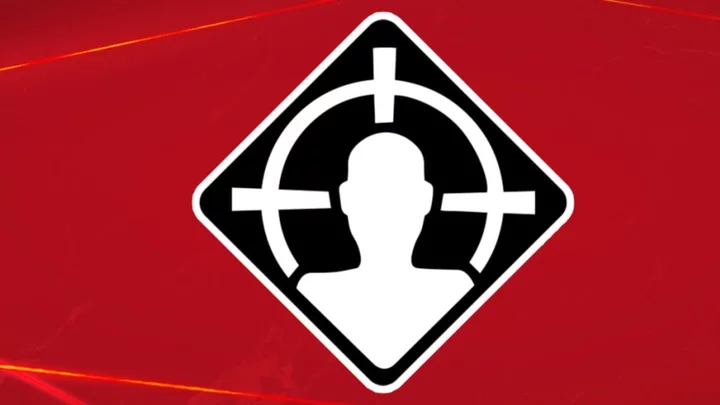According to the National Alliance on Mental Illness, one of the most common mental health issues in America is anxiety, with an estimated 40 million people suffering from the affliction. Anxiety is medically defined as, âan emotion characterized by feelings of tension, worried thoughts and physical changes like increased blood pressure.â
For some people, it can be a nuisance, for others itâs a debilitating disease that makes it difficult to leave the house without feeling sick to your stomach. Itâs a condition that can fester and grow, until it leaves you too scared to do basic tasks like go to the grocery store, or form human connections. However, anxiety is a common tool used in games, with many popular titles like Amnesia the Dark Descent, Outlast, and Alien Isolation utilizing them as their primary mechanics. Banking on the natural fear of the unknown lies the unofficial golden rule of horror: âYou fear what you donât understand.â It is at this point that the lines of medical anxiety and horror design intersect.
This was a sensation I felt all too real, both in my childhood and into early adulthood. I struggled with fear. When I was young it was an intense fear of the dark, to the point I slept with the closet light on until I was in high school. I was the kid who couldnât watch anything even remotely scary, or else I would be unable to sleep, terrified that something was watching me. It reached its peak when I was a sophomore in high school, and stumbled upon a truly terrifying game: Five Nights at Freddyâs. To this day I have no clue why this game terrified me as much as it did. I still remember the first time I saw it, on the App store. That image of Bonnie screaming into the camera shook me to my core.
If you remember the launch of FNAF then youâll know the game was everywhere. You couldnât go to Gamestop, Youtube or Deviantart without those creepy animatronics plastered everywhere. For an embarrassingly long time, they haunted me. Then, after two full nights of sleep deprivation, I came to a breaking point. I was sick and tired of this stupid game controlling me, and I resolved to beat it.
Day after day I tried to progress, my hands shaky and full of adrenaline. Jumping again and again after each increasingly repetitive jumpscare. A full three weeks later, after stomaching the anxiety and quitting the game mid-night more times than I could count, I beat it. I had conquered this terrifying foe and for the first time in a long time, I closed the game, got ready for bed, and fell into an uninterrupted night's rest. It was after this experience that I realized two exciting things. One â I had become so desensitized to FNAF that if one of the animatronics had broken into my house, I wouldnât so much as scream in horror as I would flip them the bird. And two, the really surprising factor â I wanted more!
This began my love affair with horror â an adventure that turned me from a somewhat cowardly teenager to an adrenaline junkie. One that loves to explore haunted abandoned buildings with nothing but a flashlight.
In June of 2019, the Elsevier Public Health Emergency Collection published an article titled: âPandemic practice: Horror fans and morbidly curious individuals are more psychologically resilient during the COVID-19 pandemic.â The paper showed evidence that those who engaged in recreational horror were far more resilient to the anxiety that resulted from the quarantine of COVID-19.
Recruiting 322 individuals for testing less than two months after the outbreak, they were each given three questionnaires to fill out. The first, consisting of seven questions, asked about their favorite genres of movies. The second was about general well-being during quarantine, ie. how anxious they were, how optimistic they were for the future etc. Finally, the last questionnaire was about how well-prepared they thought they were regarding an emergency situation. After the study was concluded, the scientists put the numbers together and concluded that those who regularly watched horror movies had higher resilience to anxiety than people who chose to skip movies like Blair Witch and The Babadook.
Body Anxiety and Alien: Isolation
While many people point to anxiety as mentally painful, there are other, more unfamiliar, aspects of anxiety. Primarily, how anxiety can also be interpreted as a physical sensation as much as a mental one. Speaking with Shawna Bethel, a San Diego-based therapist and owner of Bethel Family Counseling, we discussed aspects of anxiety, and some of the challenges related to overcoming it. One of the first things Bethel mentioned was the way that anxiety connects not only with the mind, but the body. The way anxiety works is that it manifests itself as both a mental experience, but also as what she called âbody sensations,â where the person feels some sort of tightness, discomfort, or some other physical sensation as a result of anxiety. For example, if you have a fear of feeling like people are staring at you, and you go to a party, you would not only start to overthink and worry, but also feel tightness in your throat or start to sweat an abnormal amount.
These body sensations are key to overcoming anxiety, however, and are often used as the first step on the long journey to recovery. They act as a sort of first alarm for the body. However, the problem arises when people arenât used to being anxious, or that feeling of panic. It actively prevents them from facing their fears. Dealing both with the physical aspects of anxiety, mixed with the mental strain of it proves far too much to handle at once. Horror games have the potential to help mitigate the physical aspects of anxiety by repeatedly exposing oneself to anxiety provoking situations.
Survival horror provides an excellent example, with many games deliberately trying to make the players as paranoid, and anxious as possible. Tricks like using ambient sound to make players feel as if theyâre being followed, or obscuring the way monsters look, helps to build large amounts of in-game anxiety in the short term.
An excellent example of this would be the 2014 game Alien: Isolation, a survival horror game based on the Ridley Scott's 1979 Alien. In it, youâre stuck on a space station that's been completely destroyed, and populated by paranoid survivors and malfunctioning androids. Against these dangers, youâre forced to find your way out. However, the biggest element of this gameâs success is the primary antagonist: The Xenomorph. When the Xenomorph is released into the station, it becomes a constant presence through most of the game, hunting and stalking the player. It canât be killed, and at most can be briefly scared away with late-game flame weapons.
But it doesnât lumber around out in the open like a villain in a slasher film. It stalks the player, from above and below in the vents, lurking in the shadows, and lunging at any sound the player makes. Even tools that are supposed to help the player, the motion scanner and flashlight, are to be used sparingly. As soon as the scanner makes a noise, or flashlight catches the silhouette of the Xenomorph, you need to quickly put it away, lest it find you. They both take away, and add tension at the same time. It's a game filled with constant, overwhelming anxiety that you can feel down to your core, where at any moment a loud noise or shifting model can send you into a panicked frenzy.
This type of anxiety is the embodiment of body anxiety. For many people the fear and terror of the game can get to them, and they may find themselves unable to move, futilely trying to outrun the Xenomorph. However, once the player learns to hide in a locker, or sneak away, the game becomes manageable. Not easy, or tame, but you feel as if you can overcome what the game throws at you. In my experience, it's that sort of attitude that can really help you to overcome anxiety. The feeling that while it may not be easy, or necessarily fun, to expose yourself to anxiety provoking situations, over time youâll find yourself able to deal with the worst of it.Â
VR Gaming as Treatment
Itâs not just overcoming physical symptoms that games can grant. As anxiety is primarily a mental affliction, an effective treatment plan must address that aspect of it. Fortunately, a lot of what would help ease the physical symptoms can also aid in healing the mental aspect. In fact gaming, specifically virtual reality, has already been tested using a small sample group, and seen moderate success.
In July of 2004, an article by Walshe et. al., titled âExploring the use of computer games and virtual reality in exposure therapy for fear of driving following a motor vehicle accidentâ was published in CyberPsychology & Behavior.
In it, several researchers from St. Stevens Hospital in Cork, Ireland utilized VR to test whether or not people suffering from certain phobias could see a decrease in their fears. They took a sample group of fourteen people who had recently suffered traumatic car accidents, and exposed them to a VR driving game. The results indicated that those who became well-immersed themselves (a measurement taken by monitoring the patientâs heart rate and recording the spikes in BPM) had a significant improvement in regards to the phobia, with seven out of the 14 participants seeing the experiment as beneficial. This experiment stems from the same exposure techniques used in addressing the physical symptoms.
Bethel explained that one of the most important aspects of mental trauma is actually facing the trauma directly. The difficulty lies in putting oneself in a situation where they can safely handle the exposure. For a person with a fear of dogs, itâs as simple as working with a dog handler, starting with meeting unthreatening breeds and working their way up. However, some fears like the fear of tight spaces, or the fear of the ocean, can be far more daunting and difficult to overcome by willpower alone. Itâs in these situations that virtual reality and games in general can help to heal these wounds, by providing a middle ground between exposure to the trauma, and the safety and comfort of not actually being there to experience the real trauma.
The article from Walshe et. al. is an excellent example of this. While all four participants obviously knew that the simulation was just a simulation and nothing more, it still helped to heal the brain's trauma, to the point half of the sample group claimed they experienced some measure of healing from it. While the effects of gaming on the mind are still in infancy, already there's exciting potential that could link the two together, and create an effective, and relatively low cost, therapy method.Â
Gaming is, and always will be, an intensely emotional experience for a lot of people. Many games, from Final Fantasy and Super Mario Bros., to Dark Souls and Silent Hill have had profound impacts on people's lives. Many will tell of how these games helped them through a rough patch in their childhood, or even saved them from descending into addiction or harmful behaviors.
While these are anecdotal if profoundly encouraging stories, science has proven that there are demonstrable benefits to how games can affect us. In the realm of anxiety, it seems that those who are willing to brave their imaginary horrors can find that exposing yourself to your fears can reward you with real life abilities and skills.Â

